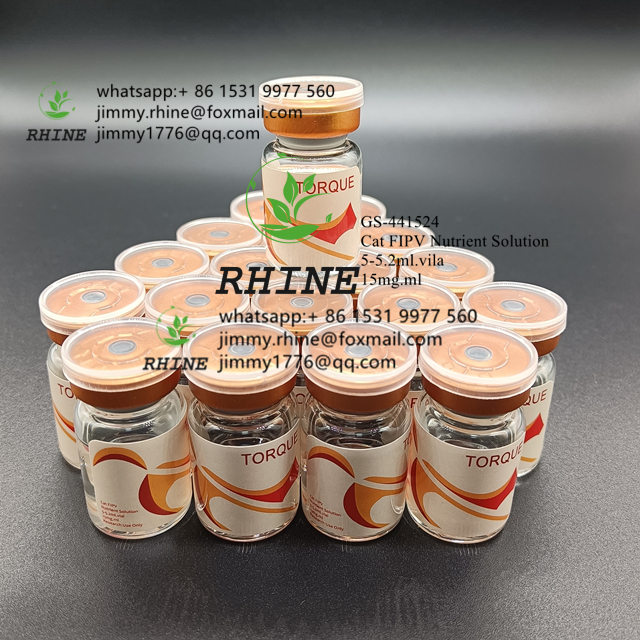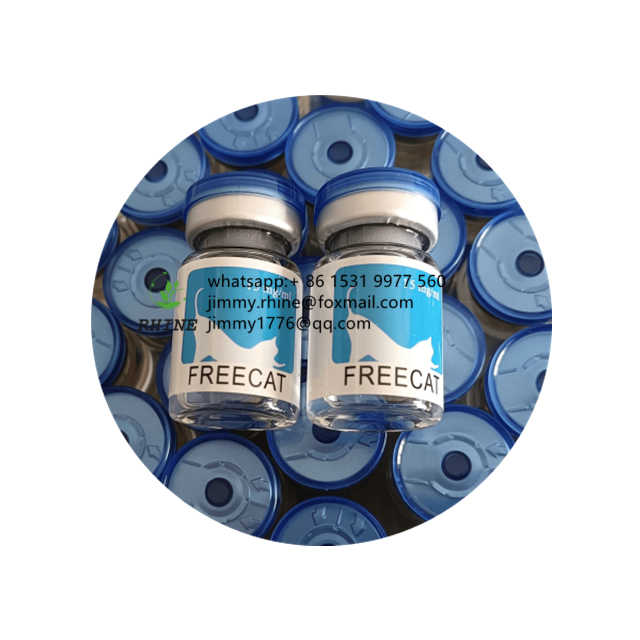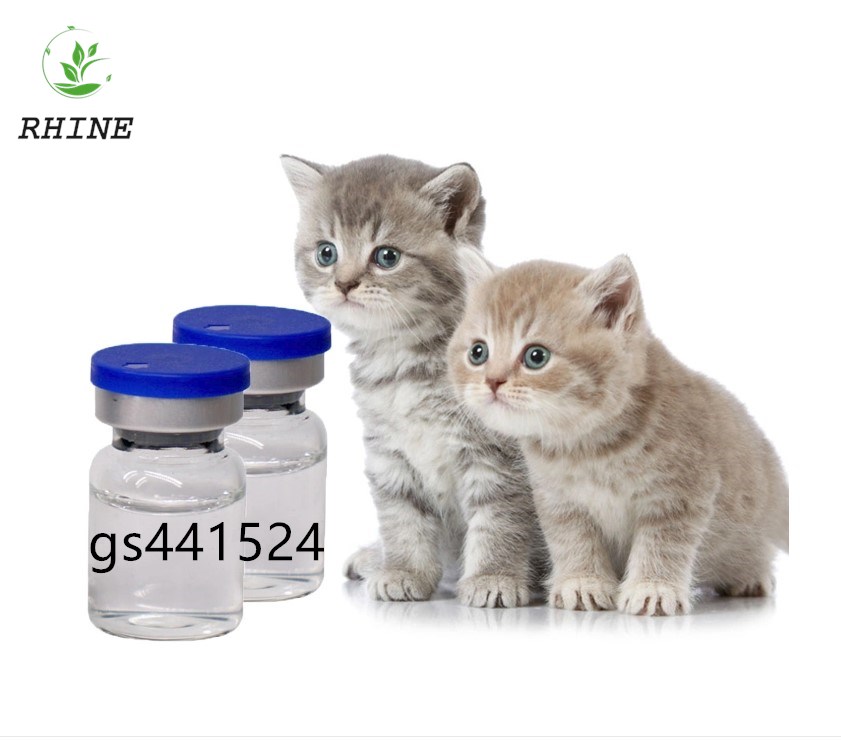As a basic experimental tool for chemical experiments, the constant temperature magnetic stirrer has a wide variety of forms. There are three types in terms of form, hot stage type, hot set type, and liquid bath type. In terms of heating method, it can be divided into conductive type and radiation type; For the applicable container, it can be divided into flat bottom type and spherical bottom type; different forms and heating methods have different use ranges and performances, and the selection of suitable instruments is to improve the experimental efficiency, simplify the experimental apparatus, and improve the quality of the experiment to ensure Experimental safety is critical. According to the many brands and types of thermostatic magnetic stirrers on the market, the author summarizes the following seven categories, on the use, performance, inferiority, scope of use, safety performance to make a comparison, I hope to help the majority of experimental workers . Â Â Â Â 1. The hot stage type uses the resistance wire as the heating source, the metal platen is closed, and is heated by heat conduction. This type is very popular in the market, and is generally suitable for flat-bottomed containers such as beakers and triangular bottles. The temperature range is wide, generally Up to 300 degrees, a magnetic stirring device is attached to the bottom of the hot stage, and the temperature sensor is placed in the container to measure the temperature of the solution. Based on the gradient heat transfer characteristics of the heat conduction, when the temperature of the solution reaches the constant temperature point, the temperature of the hot stage is much higher than the constant temperature point. The heat will cause the temperature of the solution to continue to rise, and the temperature is relatively high. The temperature accuracy is generally about +2 degrees. Many users use the hot table to place the container. The container is filled with water or heat transfer oil for the flask. When the bottom container is heated, the temperature accuracy of the water bath will be improved, but the use temperature can only be used in experiments below 100 degrees; in the oil bath, the temperature sensor will have a larger temperature in the oil bath or in the solution. The deviation and temperature fluctuation are mainly due to the poor uniformity of the temperature of the heat transfer oil and the low thermal conductivity. On the other hand, when the temperature is higher than 200 degrees, the heat transfer oil will smoke. Higher temperatures may cause the polymerization of the heat transfer oil to fail; there is also a way to use the auxiliary metal sleeve to heat on the hot stage. Because of the addition of a layer of heat transfer medium, the heat transfer effect will be worse and the temperature control effect is not satisfactory. . Second, the electric heating type is made of electric wire wrapped with asbestos fiber and woven into a heating sleeve that matches the shape of the flask as a heat source. The heat conduction method is heated, and the use temperature is high, generally up to 400 degrees. Because the shape is fixed, this type can only be suitable for a single specification. The flask is used, and a magnetic stirring device is attached to the bottom of the electric heating sleeve. The temperature control sensor is generally placed in the temperature measurement in the flask. Similarly, due to the gradient heat transfer characteristics of the heat conduction, the temperature of the solution is large, and the temperature control precision is generally about +2 degrees. There are also users who put the sensor in the thermal jacket for temperature measurement. Because there is no uniform temperature measurement point, the actual solution temperature control accuracy is very poor. Another disadvantage of this type of instrument is that the protective performance is poor. Once the liquid is accidentally spilled in the heating jacket. It is likely to cause the flammable solution to catch fire or the heating wire to burn. 3. Water bath type , using electric heating tube as heat source, built in a container, adding water to the container, using water as heat transfer medium, with a magnetic stirring device, can achieve better temperature control effect, temperature control can generally reach +1 Within the degree, this type can only be suitable for experiments with temperature requirements below 100 degrees. On the other hand, when the use temperature is higher than 80 degrees, the water will evaporate faster and need to be replenished in time. 4. Oil bath type , using electric heating tube as heat source, built in a container, heat-transfer oil is added to the container, oil is used as heat transfer medium, the reaction vessel flask is placed in the oil bath, a magnetic stirring device is attached, and the sensor is placed in the oil. Temperature measurement in bath or solution, the range of use of this type of instrument is much higher than the temperature range of water bath. Generally, it is suitable for experiments below 200 degrees. However, due to the poor heat transfer of heat transfer oil, the temperature control accuracy is generally +(2--- 5) degrees, the use of heat transfer oil above 200 degrees will smoke, high temperature can be used for about 250 degrees, higher temperatures may cause the thermal oil to polymerize, can not be used, on the other hand, this structure of the instrument is generally built with heating tube In the oil pan, the heating pipe should not be exposed to the liquid surface during use. The light heating pipe is damaged. The heavy high temperature heating pipe may ignite the heat transfer oil and cause fire accident. Most of the related laboratory fire accidents are caused. 5. The metal heating sleeve type adopts the electric heating tube as the heat source, and the metal electric heating tube is embedded in the metal sleeve. The metal sleeve is generally formed into a shape matching the reaction container, similar to the electric heating sleeve type, and is suitable for the fixed shape container, Only one type of container can be used for the instrument. Because the metal cover has high thermal conductivity and uniform heat transfer, it is suitable for temperature control of the built-in sensor, and it can also protect against leakage damage. This type of instrument has better performance than ordinary electric heating type and is better than hot type. Auxiliary metal sleeve heating method, the use temperature can generally reach about 300 degrees, the constant temperature precision is generally about +1 degree; the disadvantage is that the metal sleeve and the flask are difficult to be uniform, and the flask sizes of different manufacturers are inconsistent, resulting in some flasks in use Some flasks are placed in a large gap, and the heat transfer effect is poor. Only the flask that matches the manufacturer's hot sleeve can be used. Sixth, infrared heating type , using infrared light as a heat source, generally there are two types, one is made of flat glass ceramic glass, suitable for flat-bottomed containers, and the other is made of concave-type glass-ceramic cover, suitable for flask-type ball bottom containers; The radiation heat transfer method does not require close contact and is not limited by the capacity specification of the container. In addition, the infrared heat has a strong immediacy, and the high temperature can be reached at the moment of energization, and the heat is transmitted to the reaction container in time by radiation, thereby avoiding The hysteresis of conduction heat, with a magnetic stirring device, the sensor is placed in the reaction vessel, the temperature control precision is very high, generally up to + (0.2---0.5) degrees, the use temperature can reach about 350 degrees, on the other hand, Based on the corrosion resistance of glass-ceramics, it can protect the corrosion of most spilled drugs. The disadvantage is that when the small-capacity reaction container is used, it is not convenient to insert the sensor into the reaction container, and some photosensitivity reactions are not suitable, and infrared rays may interfere with the reaction; In general, the performance of this type of instrument has obvious advantages over other types, especially for concave heating sets. One machine is suitable for a variety of flasks, with high temperature control precision, uniform heating, rapid temperature rise, and safe anti-corrosion. Seven, liquid metal bath type , using electric heating tube as heat source, embedded in metal container, adding low melting point metal as medium in container, suitable for small volume round bottom flask or test tube, low melting point metal melting point 70 degrees, suitable for 70 Above the heating reaction experiment, the metal has good thermal conductivity, the thermal conductivity is five times that of the heat transfer oil, the liquid metal is in close contact with the reaction vessel, the heat transfer performance is good, the liquid metal has a certain magnetic property, and the magnetic stirring device is more favorable for transmission. Heat, temperature control accuracy can reach +1 degree; with the metal heating sleeve of the built-in sensor, can avoid the inconvenience caused by the small-capacity reaction container inserted into the sensor, the use temperature is generally about 350 degrees; the liquid metal boiling point is about 800 degrees, does not exist The problem of volatilization, but there will be slow oxidation loss, due to the large specific gravity of liquid metal, the buoyancy will be large, it is not suitable for large-capacity reaction vessels, and the performance and safety of the flask below 250ml are much better than the oil bath. In summary, various types of thermostatic magnetic stirrers have their own advantages and disadvantages. In recent years, with the continuous innovation and improvement of some manufacturers, new products with excellent performance are constantly emerging, and chemical reaction experiments will become more and more secure. Convenient.
Feline Infectious Peritonitis (FIP), referred to as Feline Infectious Peritonitis (FIP), is a fatal abnormal immune response that occurs in cats. It is caused by the mutation of the feline coronavirus carried by cats. As a high-incidence and fatal disease of pet cats, the current incidence of feline abdominal transmission is about 10%.
The symptoms of cats are usually divided into two categories, namely wet FIP and dry FIP, of which wet FIP accounts for the majority of all cases. About 70%, manifested as abdominal pleural effusion, abnormal bulging; dry FIP cats have different symptoms, depending on the type of organ affected by the virus.
So far, all feline feline feline treatments are based on the characteristics of the disease, and GS-441524 can play a role in the treatment of feline feline disease. Therefore, the therapeutic effect of GS-441524 is obviously more ideal, the dose used is less, the treatment cycle is shorter, and the efficacy, safety and convenience of operation are all good. Because of this, GS-441524 is considered by many pet owners and veterinarians to be a magic medicine that can effectively treat feline abdominal infection.
Gs 441524 Fip,Fip Treatment Gs441,Gs 441524 Fipv Cats,Gs 441524 For Fip XI AN RHINE BIOLOGICAL TECHNOLOGY CO.,LTD , https://www.rhinebiotech.com

